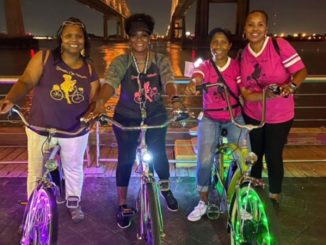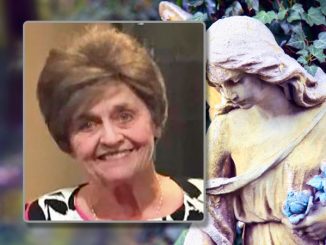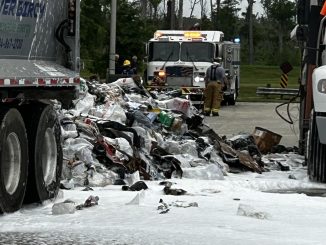
As a Mimosa family slept on a chilly night, fumes from their gas heater exposed them to lethal carbon monoxide, a colorless, odorless gas that can kill a person as they sleep.
“Some families may be exposed to carbon monoxide poisoning and not even know it,” Hahnville Fire Chief Ronnie Gaubert said. “The fumes seep in from some unlikely places.”
Gaubert says the Mimosa family had a gas leak in the heater that caused their home to fill up with the poisonous fumes. Fortunately, they had a carbon monoxide detector that picked up traces of the lethal gas in the air.
“The family evacuated the house and called 9-1-1,” he said. “When we arrived, we took out our meter, which looks similar to a gas gauge, and we were able to tell them that it wasn’t safe for them to sleep in the house overnight.”
Gaubert says the family had to stay in a hotel until they could figure out where the leak was coming from.
“It could be from anywhere; a fireplace, a house with gas stoves, or heaters, and even people who are getting ready for work in the morning and turn their car engines on to allow their car to warm up inside a closed garage could be exposing themselves and their family to the toxic gas.”
Gaubert says he has seen one death from carbon monoxide poisoning, a suicide.
“A young man in the parish turned his car on, sat inside of it and let it run in a closed garage and the fumes killed him,” he said. “It was ruled a suicide.”
Louisiana’s Department of Health and Human Services has declared January the deadliest month for carbon monoxide poisoning.
Carbon monoxide is produced during combustion and may be emitted by heating systems, space heaters, stoves, cars, small gasoline engines, kerosene heaters and burning charcoal and wood. Breathing carbon monoxide fumes can result in illness or death.
The most recent statistics from Louisiana show an average of 100 calls per year to Louisiana’s Poison Control Center for carbon monoxide poisoning, and an average of five deaths per year from unintentional non-fire-related carbon monoxide exposures. Nationwide, there are an estimated 480 deaths per year and 15,200 carbon monoxide emergencies each year. In the aftermath of hurricanes Katrina and Rita, carbon monoxide was responsible for several deaths of people improperly using generators.
The fumes are deadliest when they build up inside a contained area, like a house, which is why officials warn never to run generators, grills, camp stoves, or other gasoline, kerosene, propane, natural gas or charcoal-burning devices inside a home, garage or camper.
“People often turn to these kinds of items to heat their homes during the winter months,”State Health Officer Dr. Jimmy Guidry said. “When these devices are used indoors, carbon monoxide fumes can build up, causing people and animals to get sick or possibly die.”
Guidry said that carbon monoxide poisoning can be difficult to immediately diagnose because the symptoms are similar to other illnesses. The most common symptoms are headache, dizziness, weakness, nausea, vomiting, chest pain and confusion. Anyone experiencing the symptoms should seek medical attention immediately.




Be the first to comment